Reveal the mysterious veil, the "National Security" of Jingyu
Author:Inoue Publishing Time:2022.06.20

Jingyu Kiln is located in Jingzheng County, Hebei Province. In 1989, it opened the protection, excavation, and research of the Jingyu Kiln site. In 2001, he was selected into the fifth batch of national key cultural relics protection units, which is the fourth largest kiln in Hebei. The history of burning porcelain can be traced back to the Sui Dynasty, and the ups and downs of the ups and downs of the Tang, Song, Jin, Yuan, Ming, Ming, Qing, and Republic of China became an ancient kiln site with extremely rich cultural connotations in Hebei. The kiln is mainly burning white porcelain, as well as black glazed porcelain, dark brown glaze porcelain, and occasional yellow glazed porcelain, green glaze porcelain and so on.
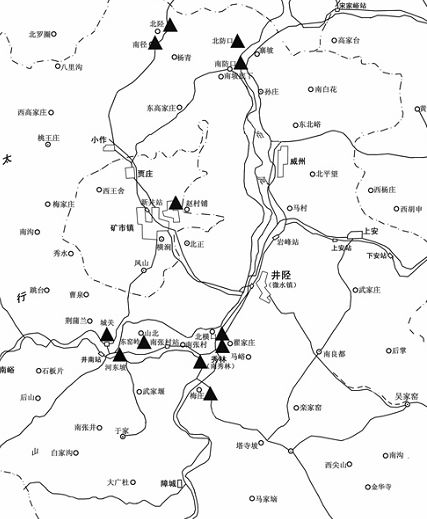
The distribution map of the Jingyu kiln kiln site
The Jingyu Kiln site is located in the northern part of the county and Jingyu Mining Area. There are currently 14 kiln sites found, with a total distribution area of 1.02 million square meters. The kiln site is concentrated in the Lili Basin, Tianduan Basin, Tianchang Basin and Mianhe River, Gan Tao River, Yishou River and its tributaries in the east to south of the Taihang Shanda. The convenient waterway traffic has given birth to a unique Jingyu kiln.
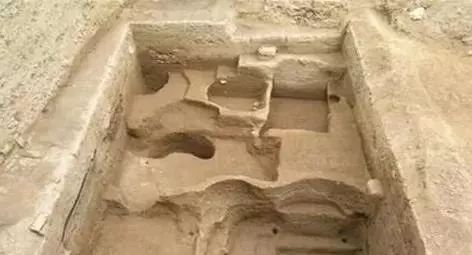
Jingyu Kiln Site
In the Tang Dynasty, the Jingyu Kiln began to prosper. In addition to continuing to burn the white porcelain, celadon and black glazed porcelain in the Sui Dynasty, there were also white -colored glazes inside and black. The shape of the utensils mainly includes bowls and plates, as well as a small amount of cups, cups, nurses, discs, pillars, bowls, gourd bottles, multi -pipe bottles, note, tea kettle, tea furnace, incense burner, box, can, etc. Among them, the shape of the bottle is very rich, including Pisces wearing bottle, long -necked bottle, cousin bottle, tower tank and other larger personality.
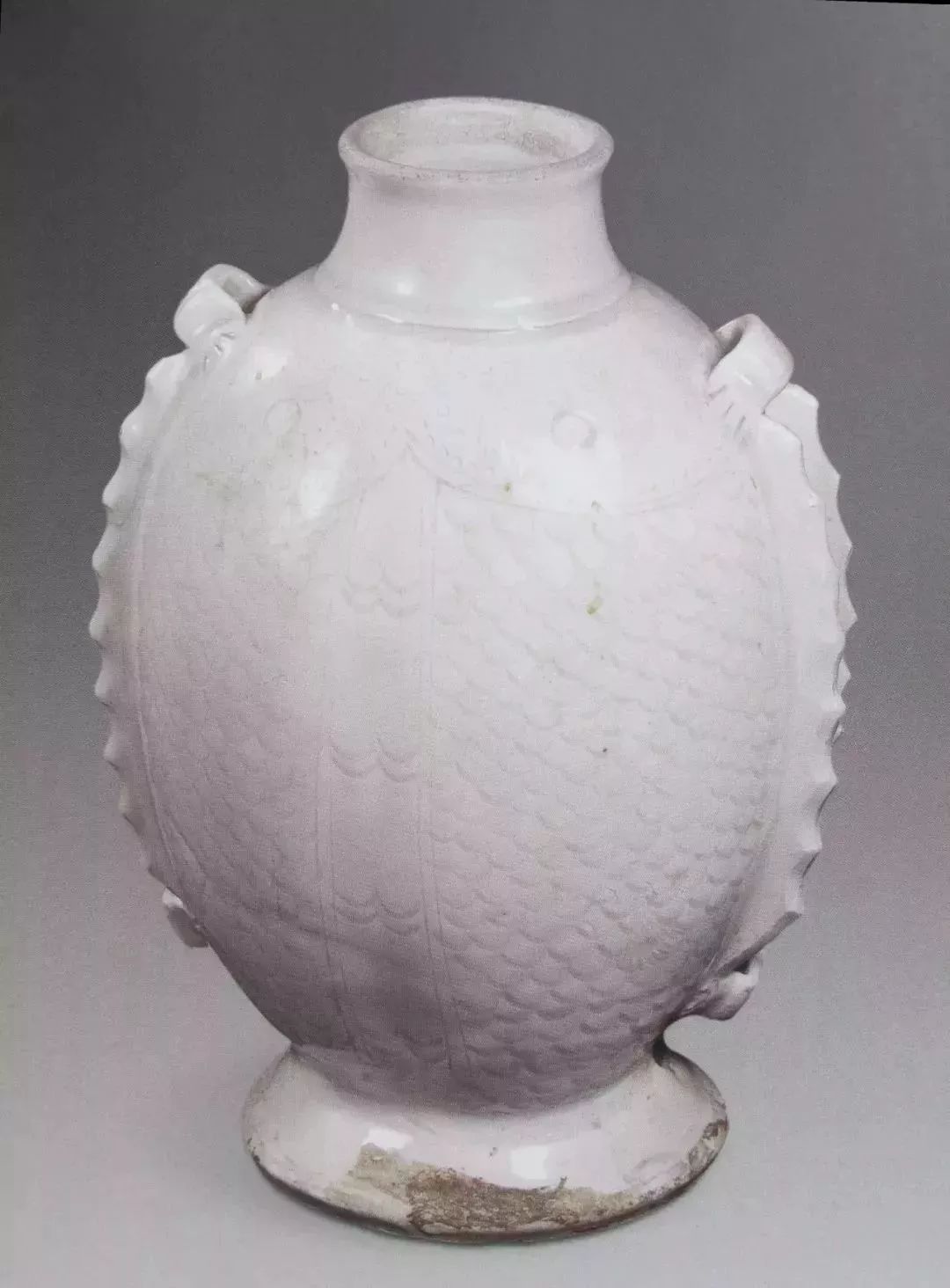
Tangjingyu Kiln Pisces Pot
After the Middle Tang Dynasty, the three -color wares created by the Middle Tang Dynasty have unique features. They are mainly green, brown, and yellow. The glazing methods and artistic effects are different from the three colors of kiln mouths such as Xing kiln and Dingyao in Shaanxi, Henan and Hebei. The products currently discovered in the same period as a treasure. The "official" vector unearthed in the excavation of the Jingyu Kiln site is shiny and fine, elegant, and complete. It shows that there are many products of Jingyu kiln in Tangbai porcelain of silver and snow, and decorative techniques are gradually accumulated in practice. A variety of decorative methods such as flowers, carved flowers, picking flowers, and dotted flowers, so that the white porcelain of Jingli Kiln during this period reveals the beauty of Pu and Pu.
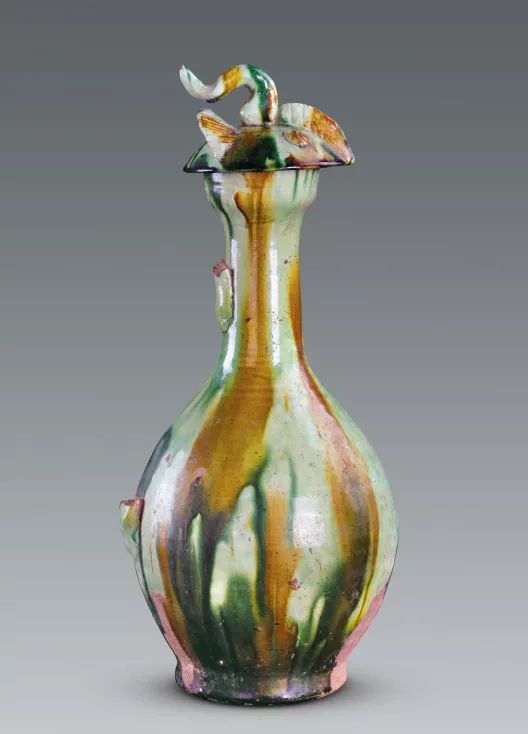
Tangjing Yao Kiln Sancai Phoenix First Pot
In the Song Dynasty, the Song Dynasty porcelain in Jingzheng kiln was currently found less. From the only unearthed porcelain, it can be seen that the Jingyu Kiln has developed new development in the Song Dynasty. The "sand circle stack method" was the first in North China. The maximum meridian is between the upper part of the abdomen, with a height of 40-70 cm, mostly brown glaze, a small amount of black, dark brown glaze, and thick tire quality. Most of the shoulders have a "sand ring" of exposed tires. In the foot, the bottle carved "chalk attached to the chalk, one wipe is destroyed" is very unique. The fonts include regular script, script, cursive script, different from plum bottle. The white porcelain of the Song Dynasty: the fetal quality is firm, and the color is bright and polished. The product is officially used.
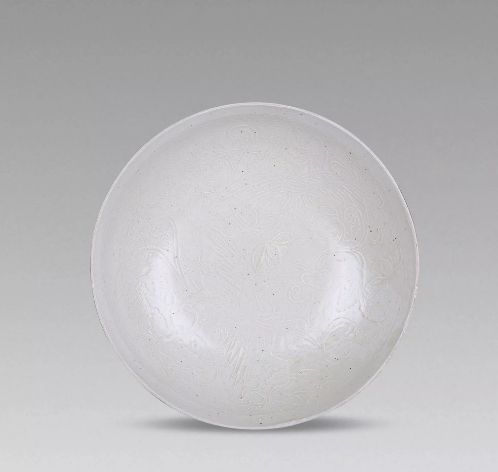
Songjing Yao Kiln White Glazed Lotus Lotus Double Phoenix Bowl
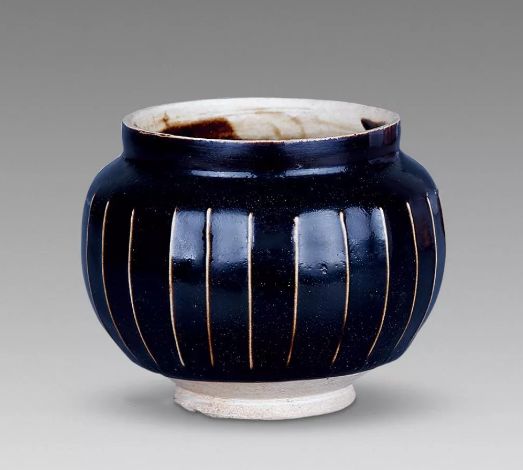
Songjingyu Kiln line can
The ceramics industry of Kim Daijing reached its heyday. Not only breakthroughs in product types and instruments, in addition to the original white, black, brown, sauce, and two -color glaze, it has also increased yellow, green, tea, blue glaze, imitation construction, imitation Jun and flower glaze porcelain porcelain, and flower glaze porcelain porcelain. Essence
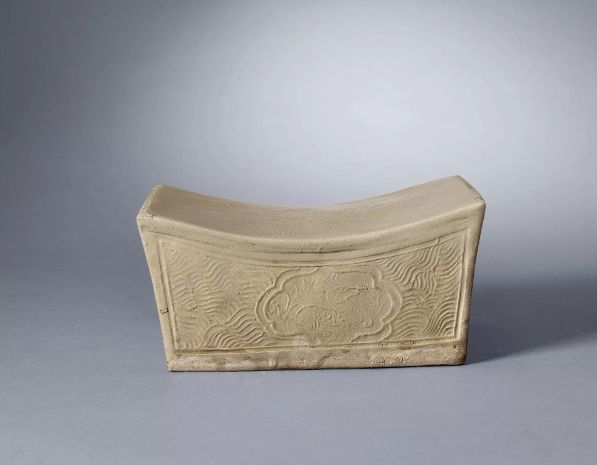
Jinjingyu Kiln Pisces Pillow
During this period, the shape of the Jingli kiln is still based on the waist plate and the bowl. Living utensils with practical and aesthetic functions include: cups, cups, bowls, dishes, pork, tanks, boxes, lanterns, furnaces, bile bottles, flat pots, pots, full pots, lids, bandes, bandes Link tank, aromatherapy furnace, Gozi, chess pieces, and various types of clay sculptures, large pagodas, etc. There are many instruments, and almost penetrate all aspects of life.
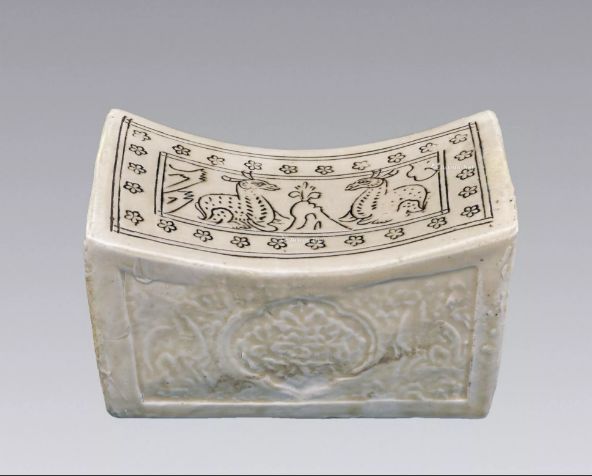
Songjingyu Kiln white glaze carved double deer pillow
In terms of firing technology, Jingyu Kiln not only improved, but also added a lot of innovation content in decorative patterns. It is worth mentioning that it has reached the degree of virginity and virginity in imitations such as rabbits, oil droplets, and Tianqing. In addition to retaining the original flowers, carving flowers, picking flowers, and lighting, the decoration techniques also produce A large number of internal model printing products.
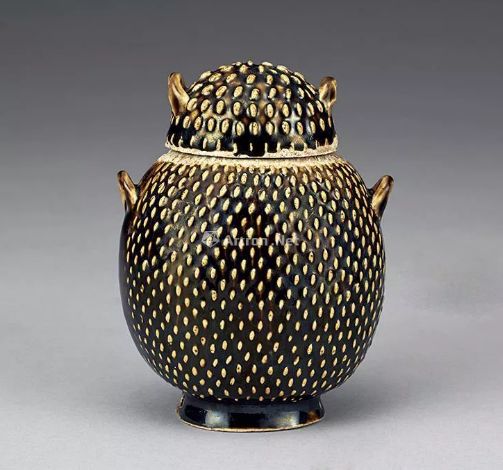
Kim Jingyu Kiln Black Glaze Tank
In the Yuan Dynasty, Jingzheng kiln continued to use the golden kiln yard. The number of white porcelain began to decrease day by day, and the shape of the shape also lost its original dexterity, which looked rough and heavy. Black glaze and brown glaze are gradually more than white porcelain, and the decorative methods such as printing, strokes, and points are relatively single.
The rapid rise of the Porcelain Capital Jingdezhen during the Ming and Qing dynasties has gradually lost most of the markets east of Taihang Mountain to the east of Taihang Mountain. It has to go to the decline step by step. Today, in the background of the high -quality development of Jingyu, in order to better protect, use, and inherit the Jingyu kiln culture, the entire county has actively promoted the development of the Jingyu ceramic industry. The construction of the three core projects of ceramic cultural center, ceramic commercial street, and ceramic museum in the South Hengkou kiln site, and strive to reproduce the perfect integration of ancient towns and ancient kiln, culture and landscape. (Part of the source: Chinese ceramic magazine)
Edit | Han Xiaohong
Email |[email protected]
- END -
China's first crypto artist was certified by UNESCO
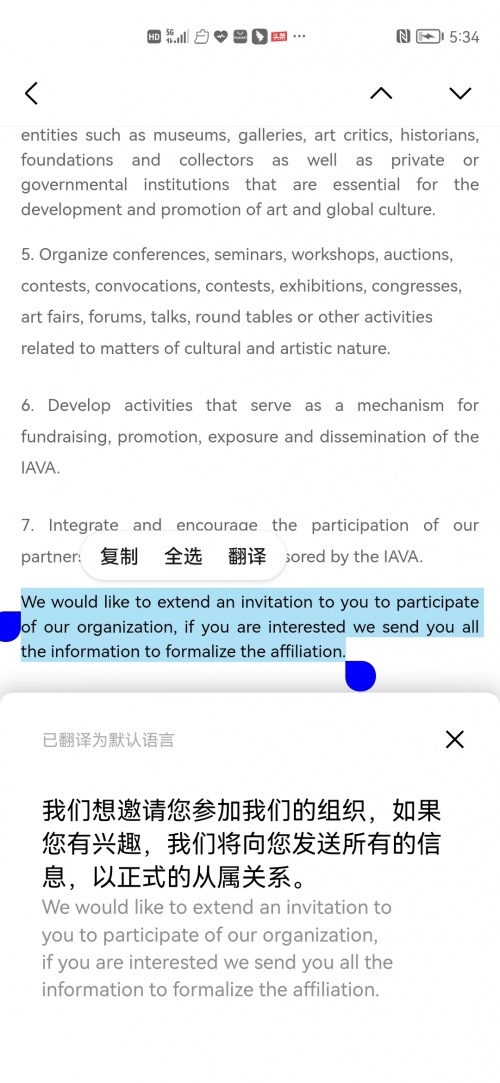
China's first crypto artist was certified by UNESCOMeng Xiaofeng began to contact ...
Qiang Bin || To Mr. Li Duokuan
many peopleThey still stayMemory of your pastYou once strode the meteorPush awayThat fanOpen doorSince then, the mark of adherenceCan't replace it anymoreFrom Zijin City to XiamenAnd the sound of Gula...